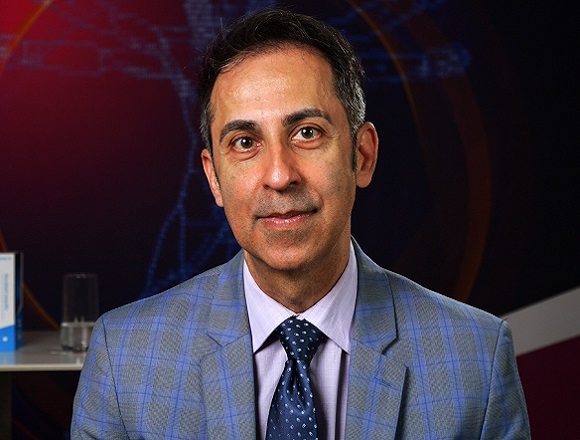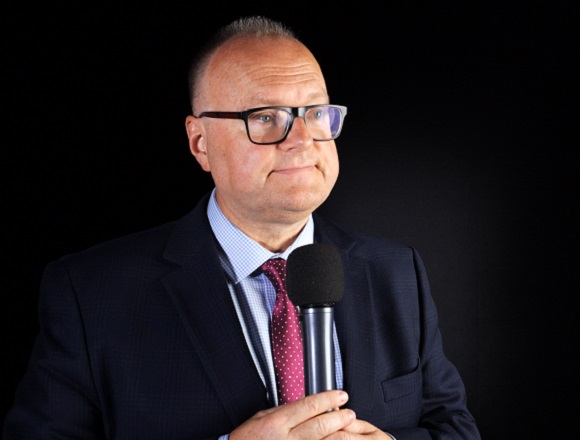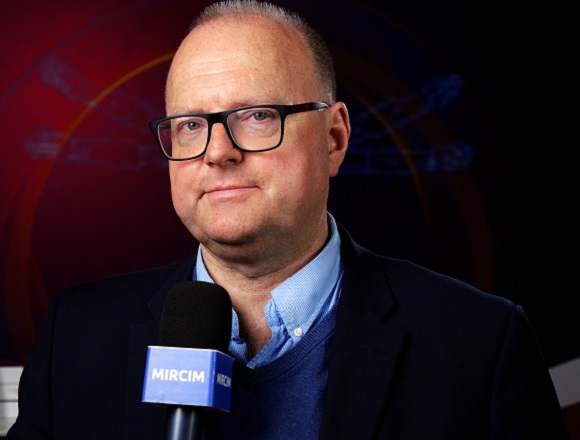Pratik Choudhary, MBBS, MD, is a professor and honorary consultant in diabetes in the Diabetes Research Centre at the University of Leicester, UK.
How useful and needed are continuous glucose monitoring (CGM) systems in the treatment of type 1 diabetes? Which patients should use them?
Pratik Choudhary, MBBS, MD: CGM has revolutionized type 1 diabetes, I really feel. Before CGM came out, we knew that the number of times someone measured their glucose corresponded to their glycated hemoglobin (HbA1c). To get those people achieving target HbA1c, they were doing a finger prick 8 to 10 times a day. This is really not feasible for most people living with diabetes. Anyway, CGM is the same cost as 10 pricks a day, so in many countries now across Western Europe—in the United Kingdom, France, Germany—CGM is now widely prescribed to every single person living with type 1 diabetes.
It’s really transformed care. We’ve seen the data showing—as I’ve shown in my lecture today [at MIRCIM 2023]—in the United Kingdom, ~0.5% drop in HbA1c and a 75% reduction in admissions with severe hypoglycemia; in France, again, ~50% reduction in admissions. There are big savings for the health-care system and big improvements in care for people living with diabetes: quality of life, reduced hypoglycemia, and better glucose control. I cannot say anything else than that every single person with type 1 diabetes should have access to CGM.
 English
English
 Español
Español
 українська
українська








